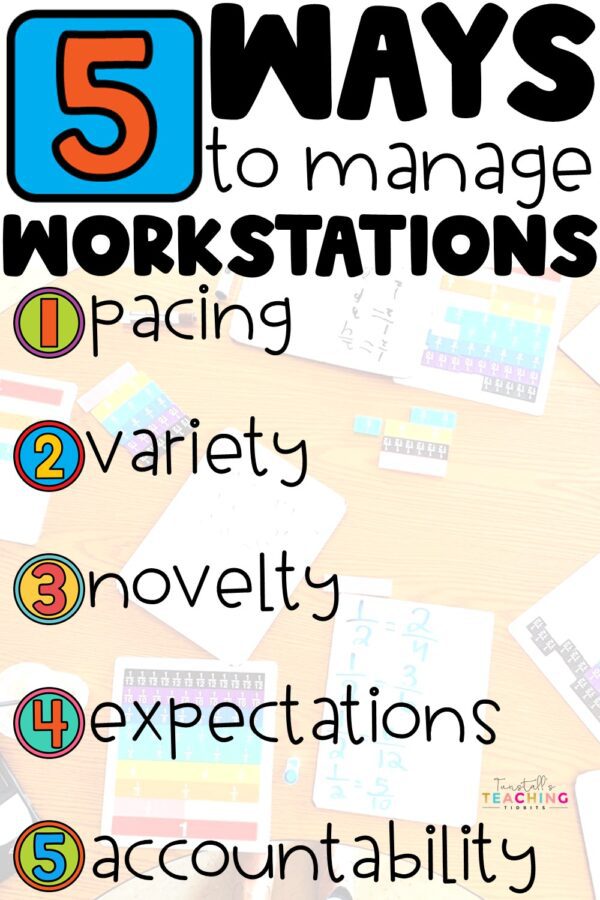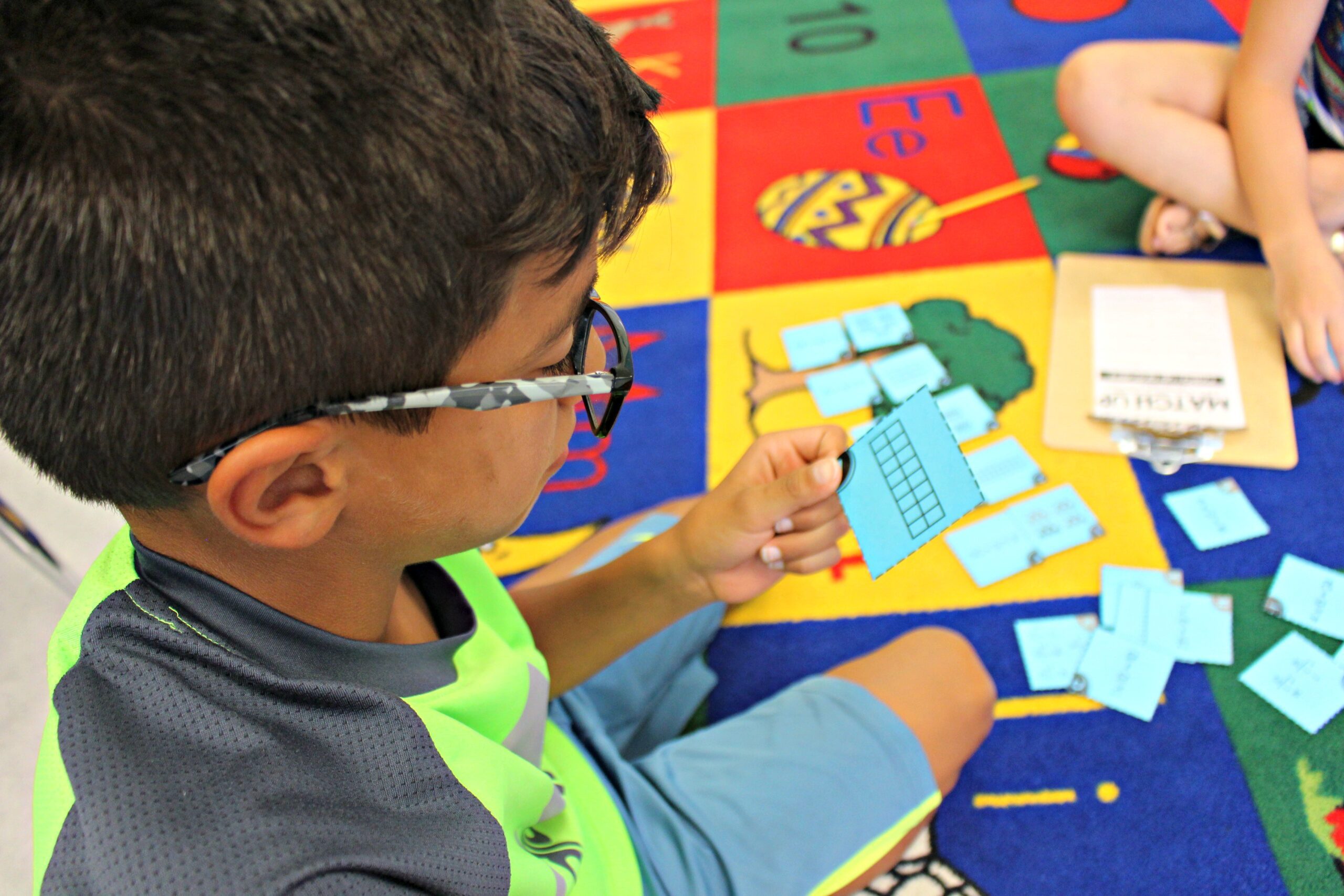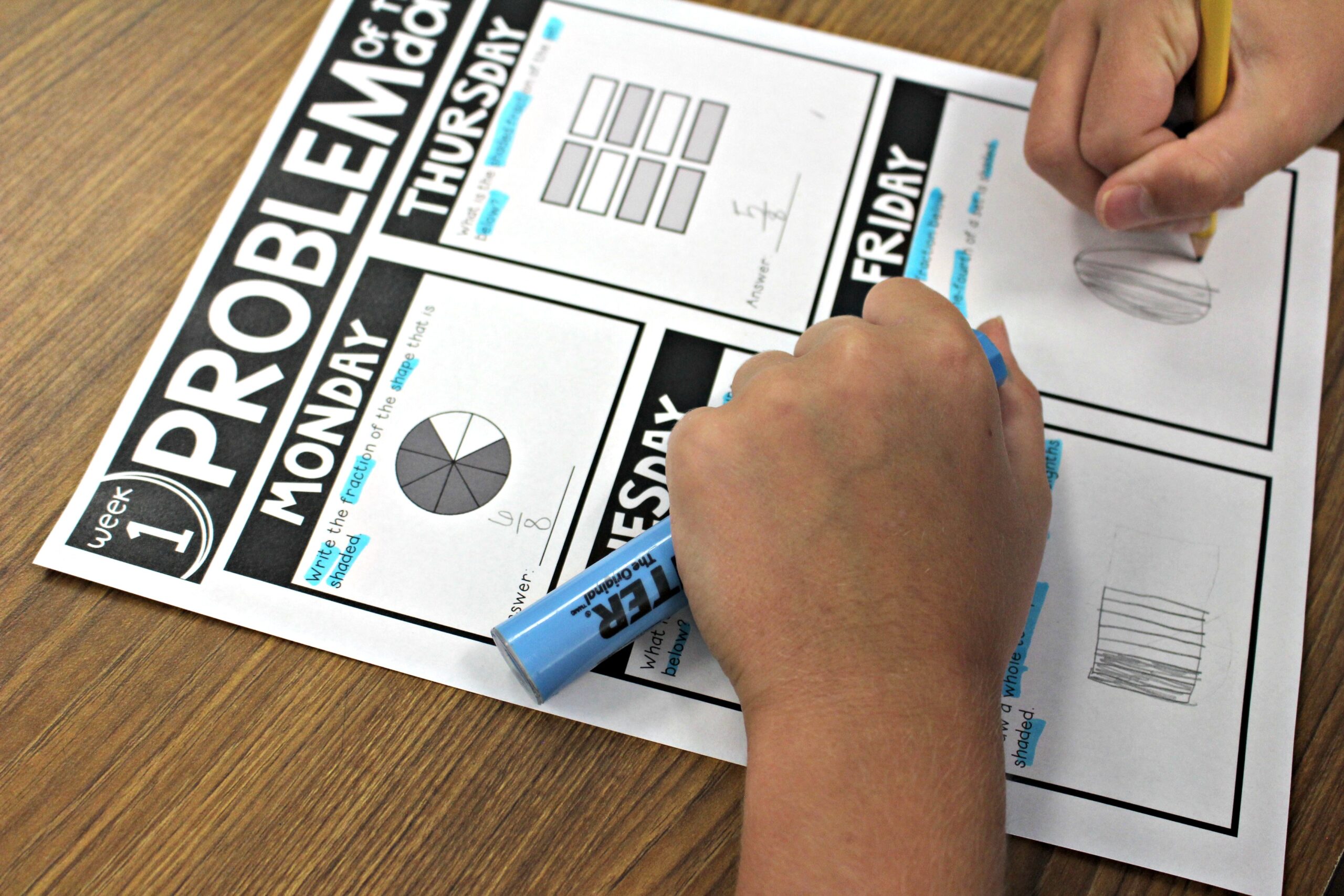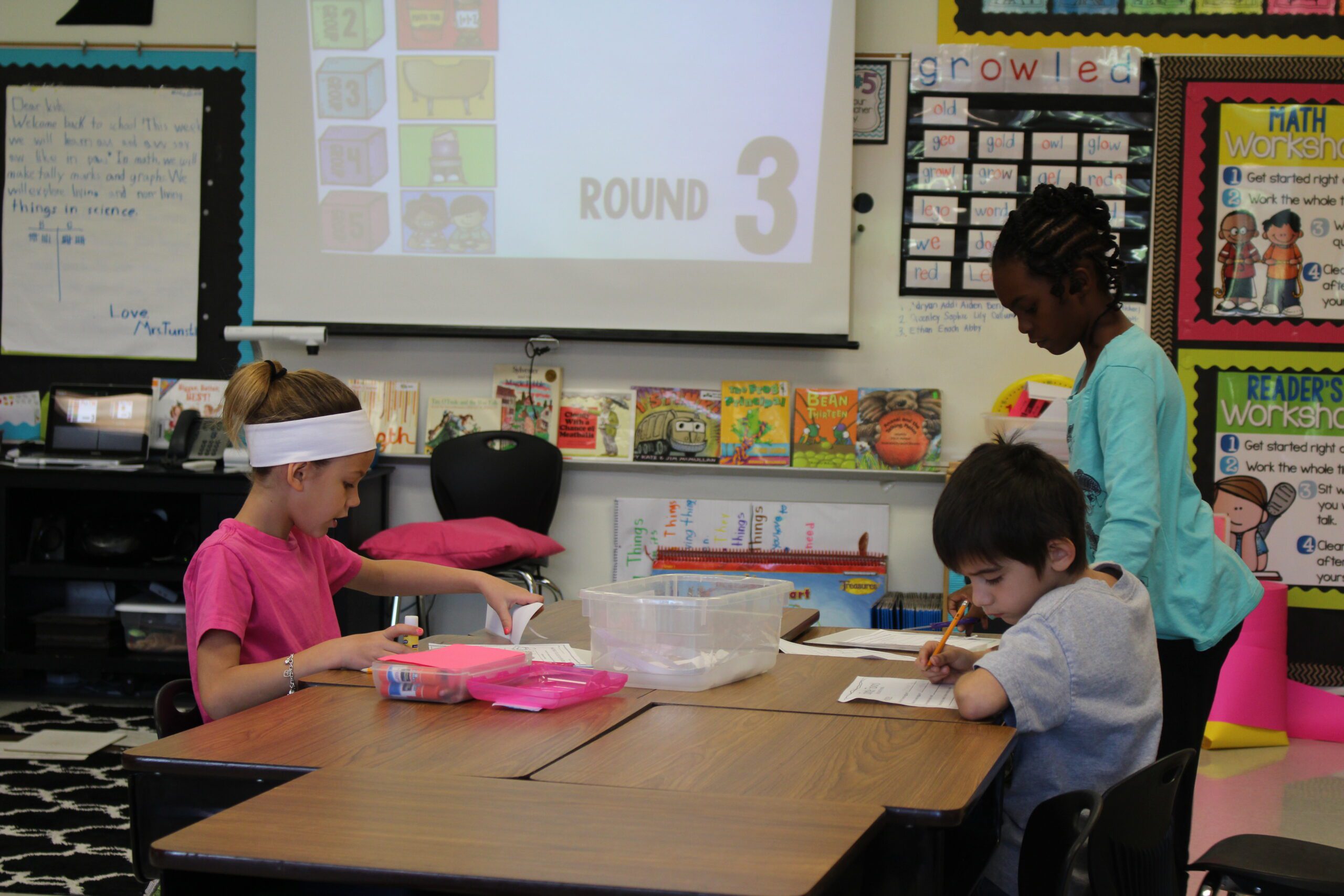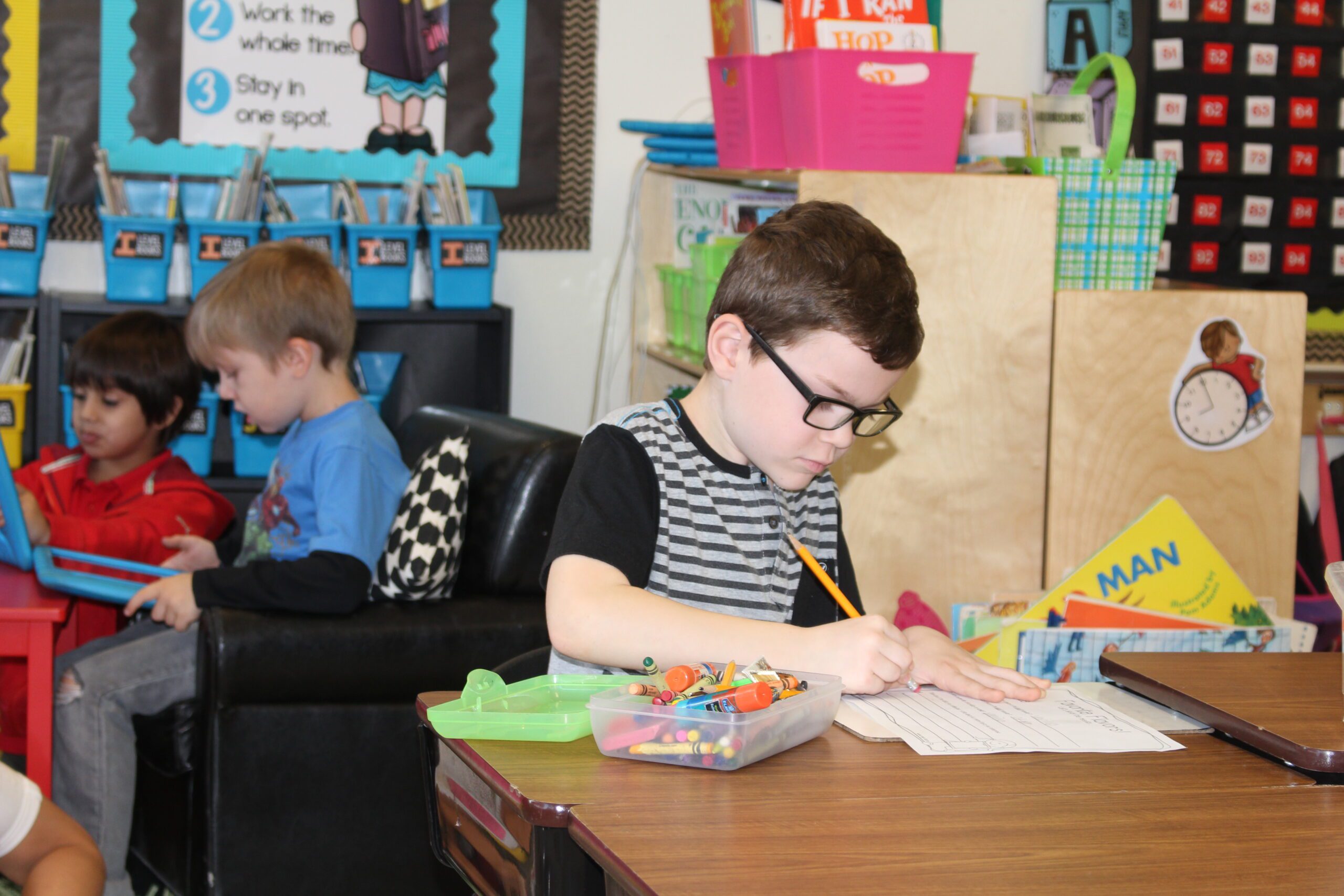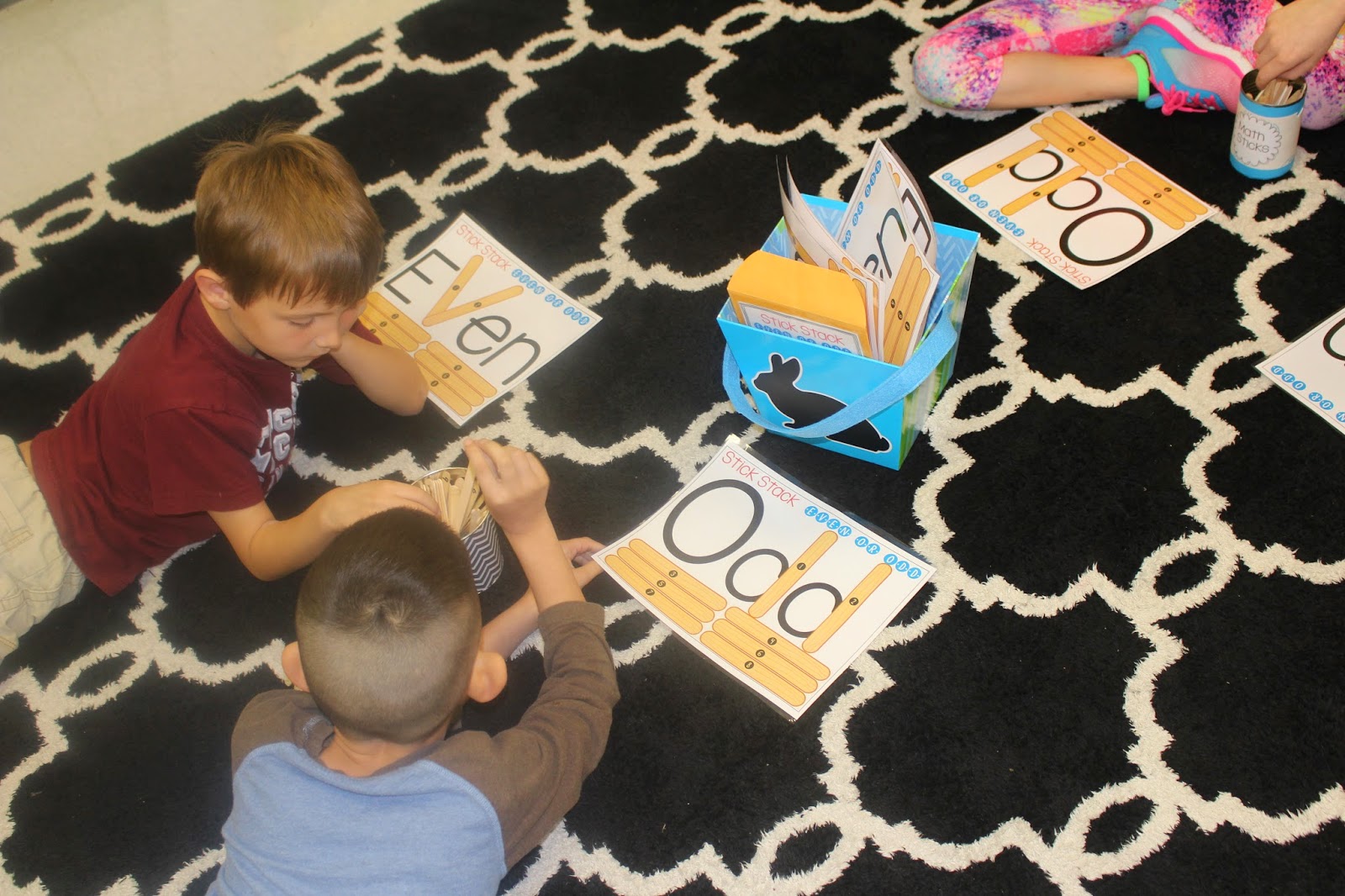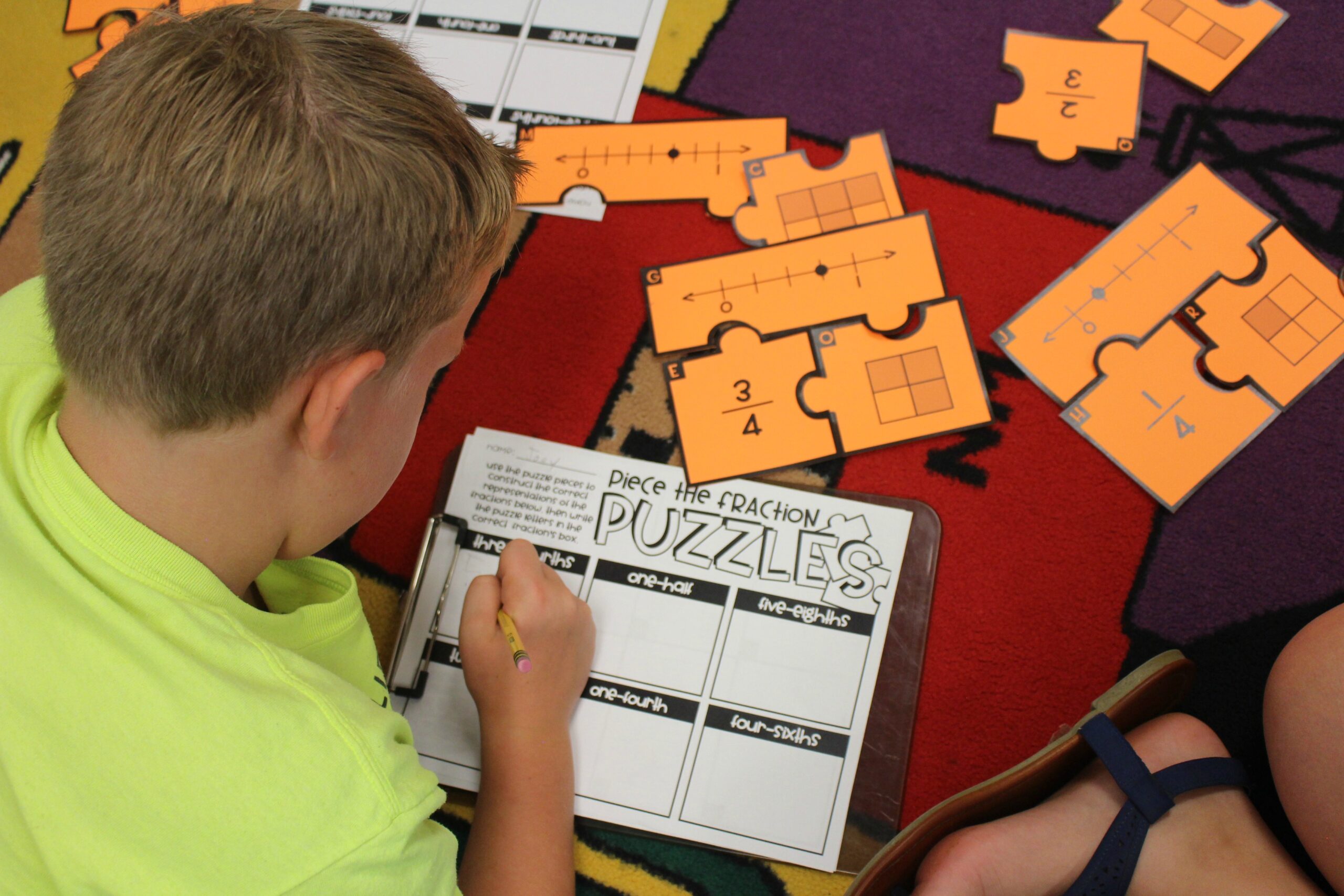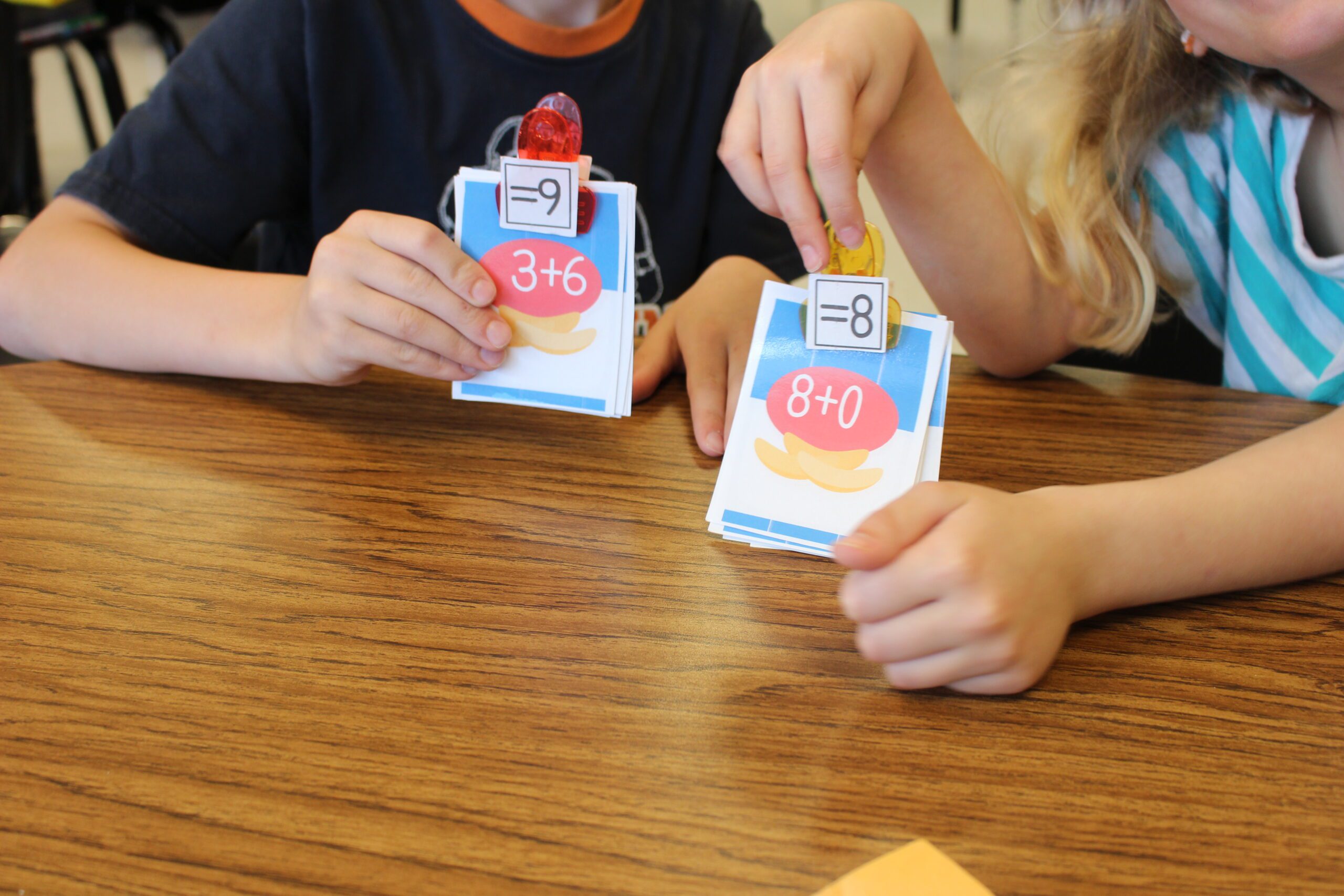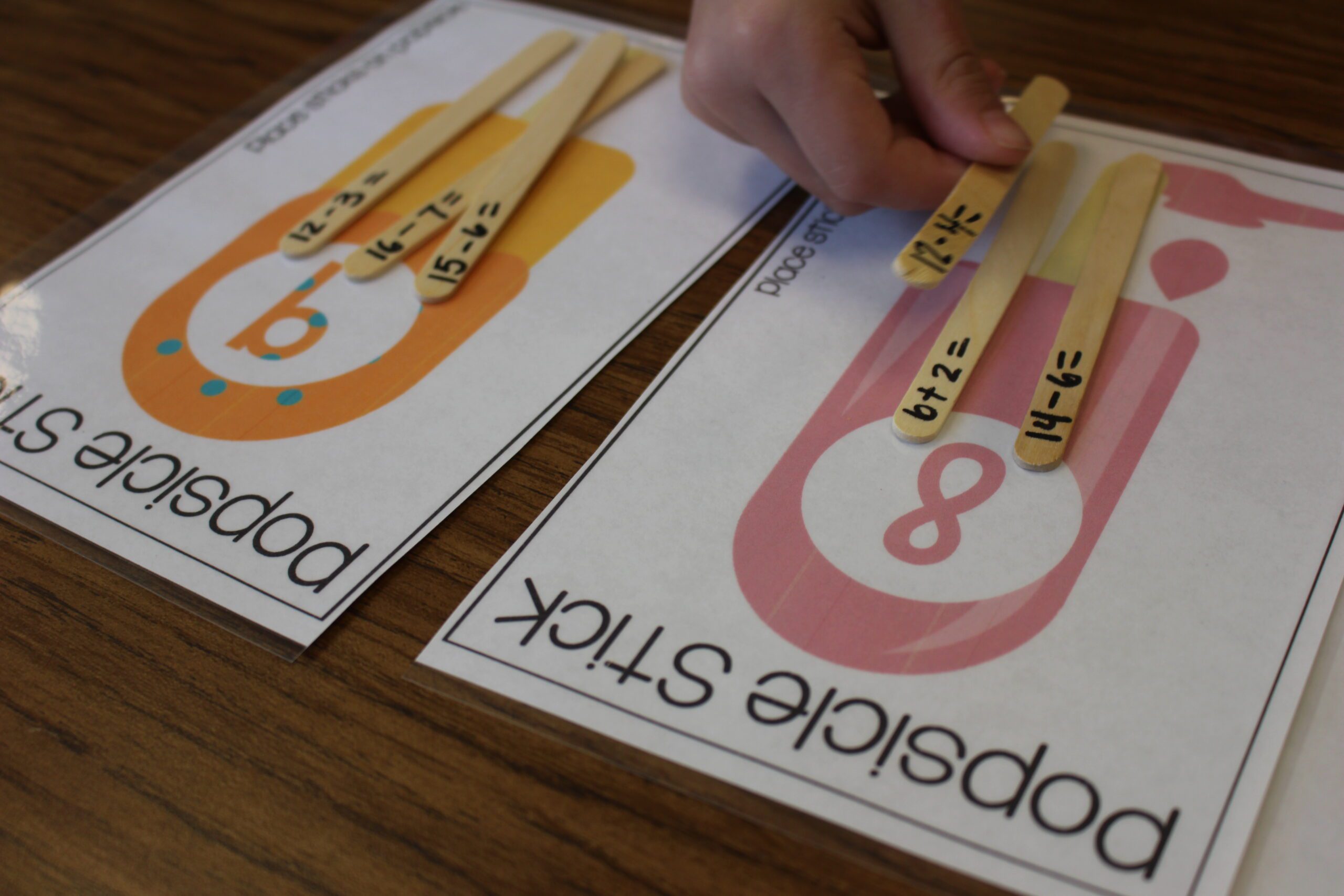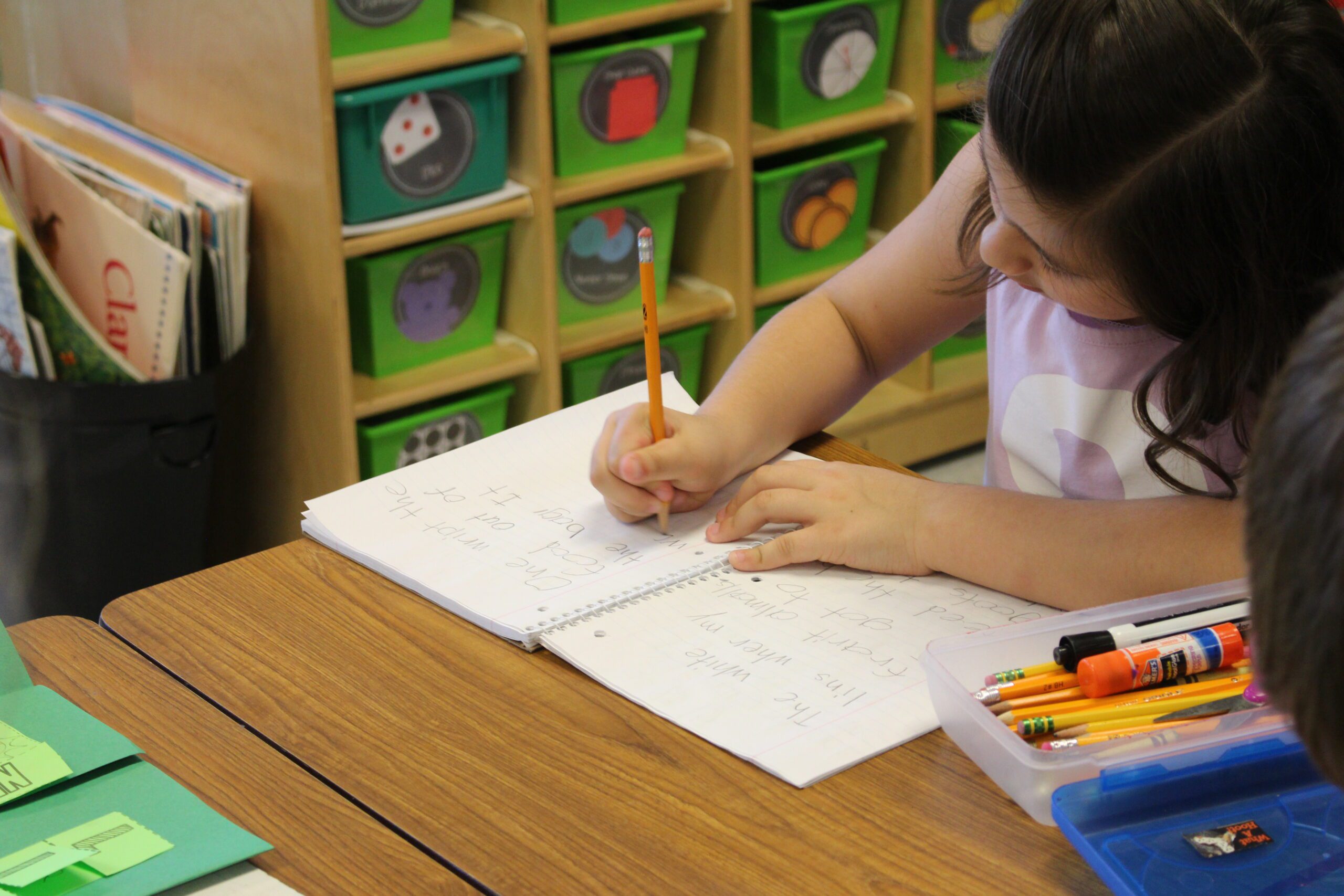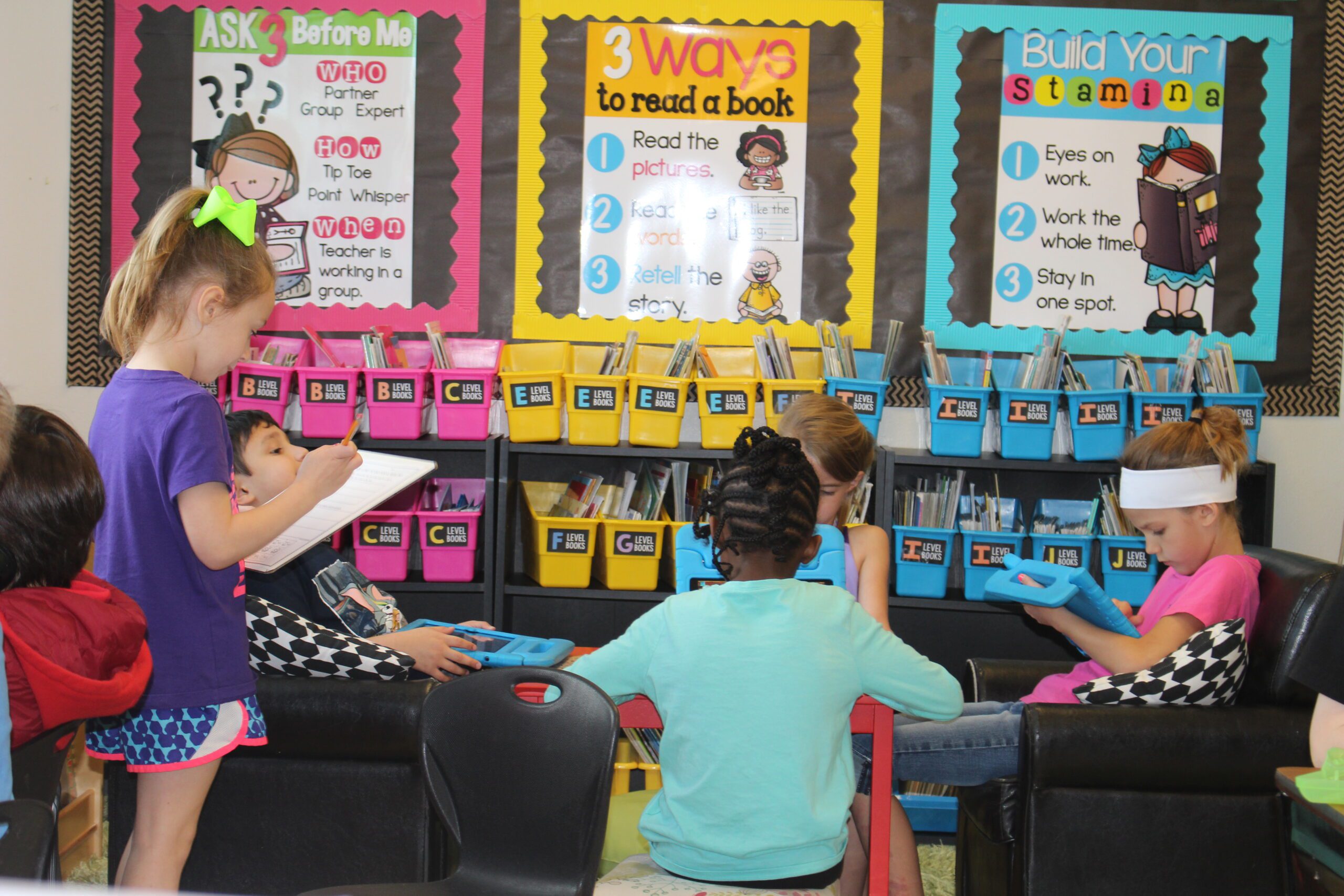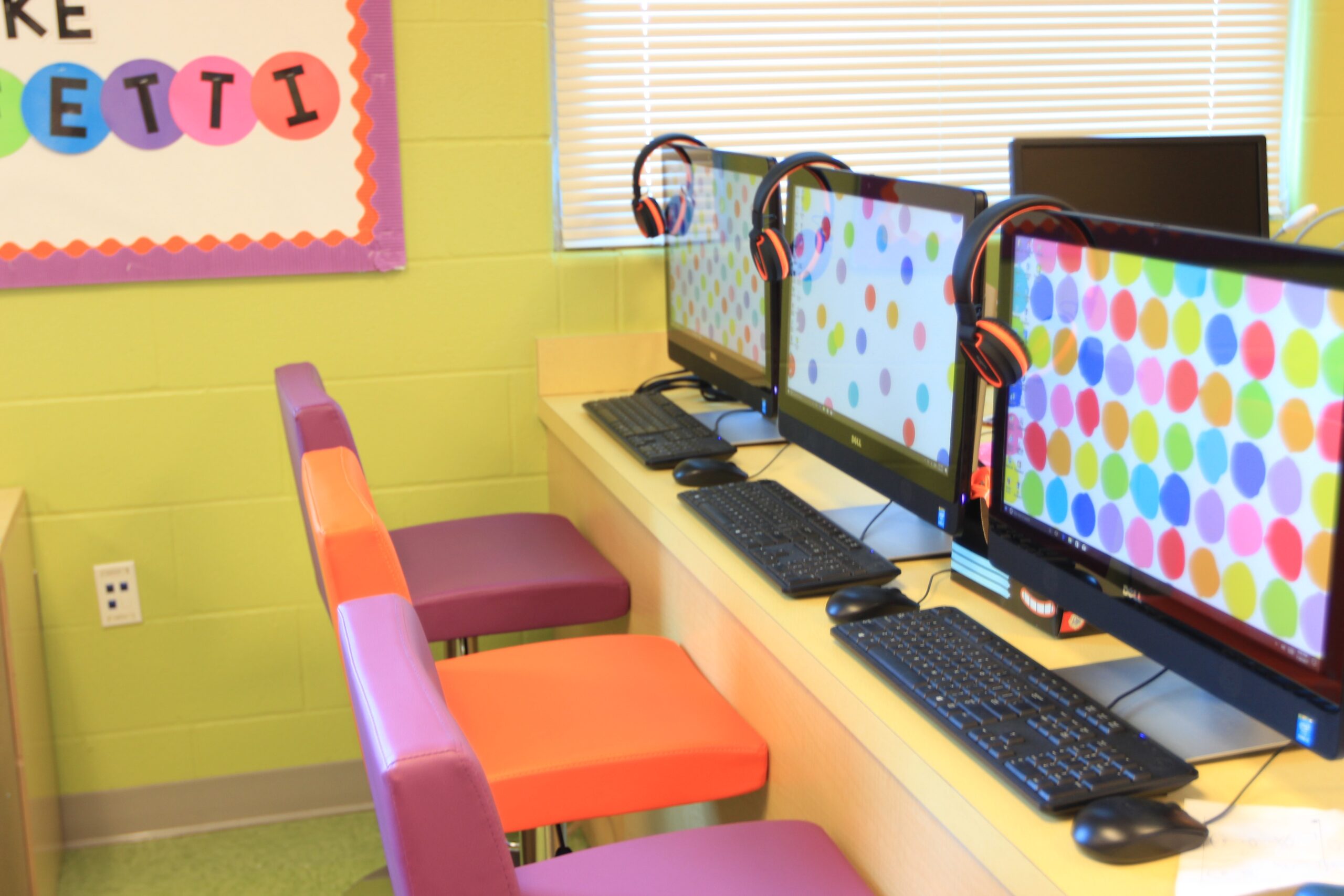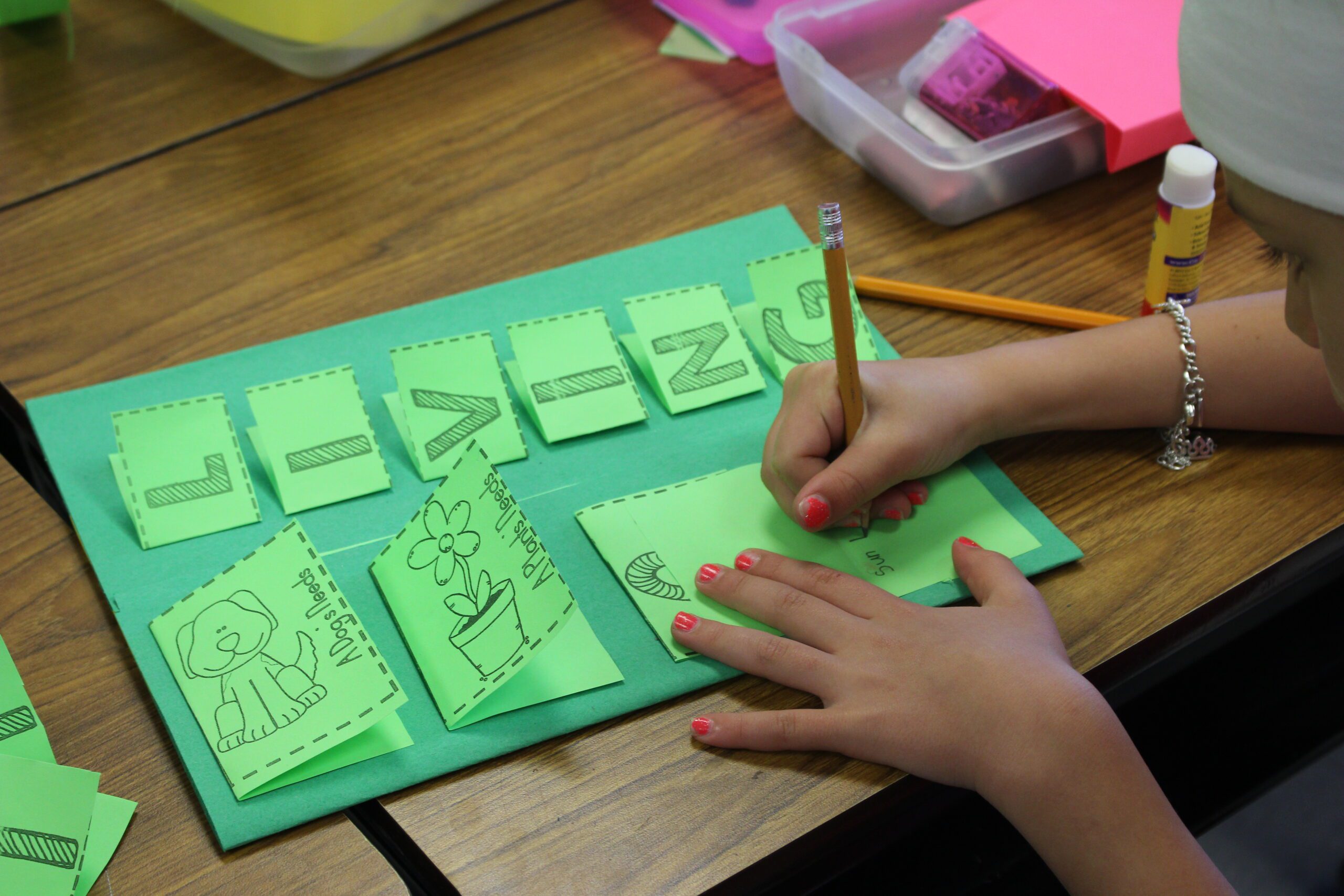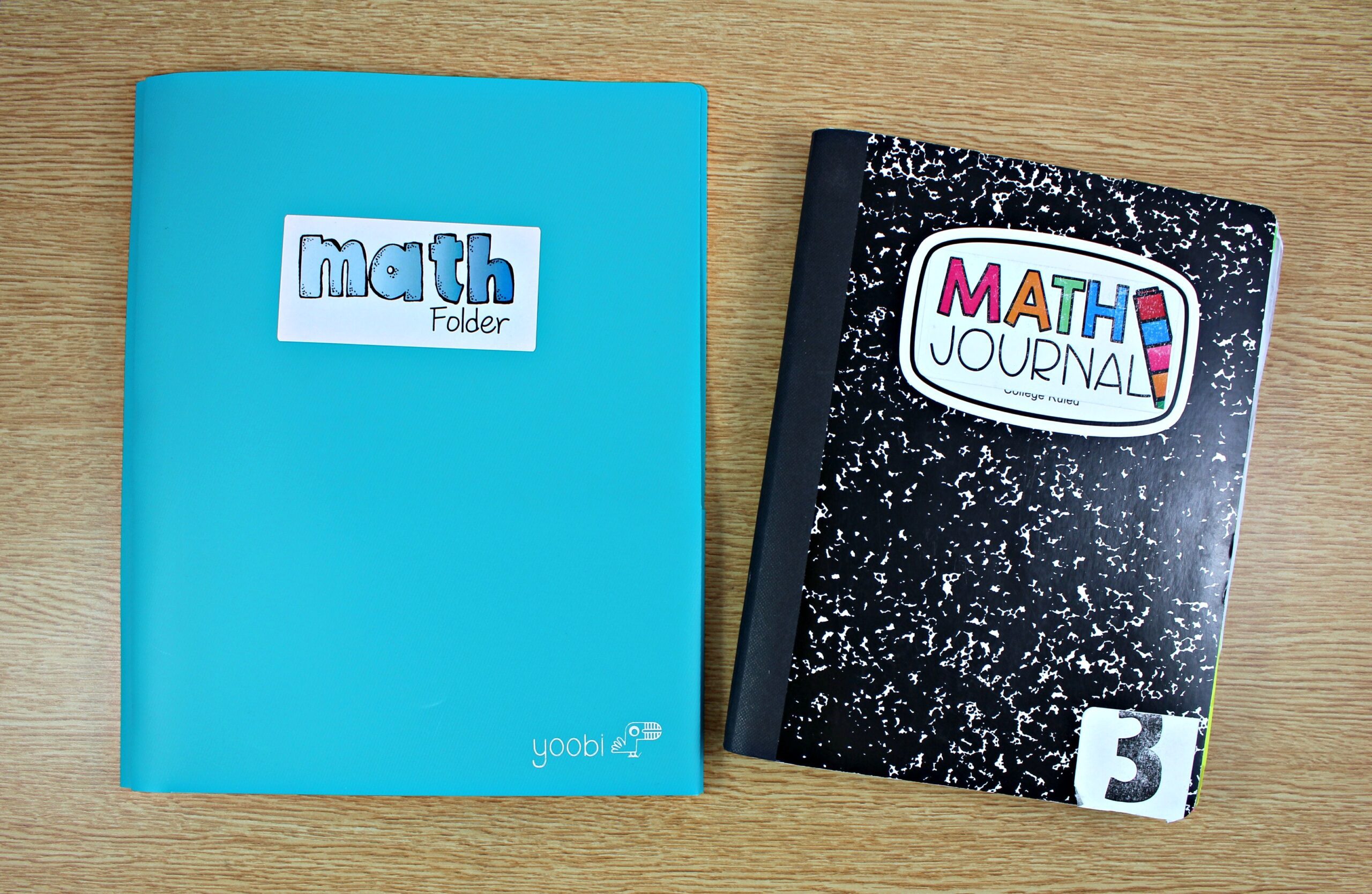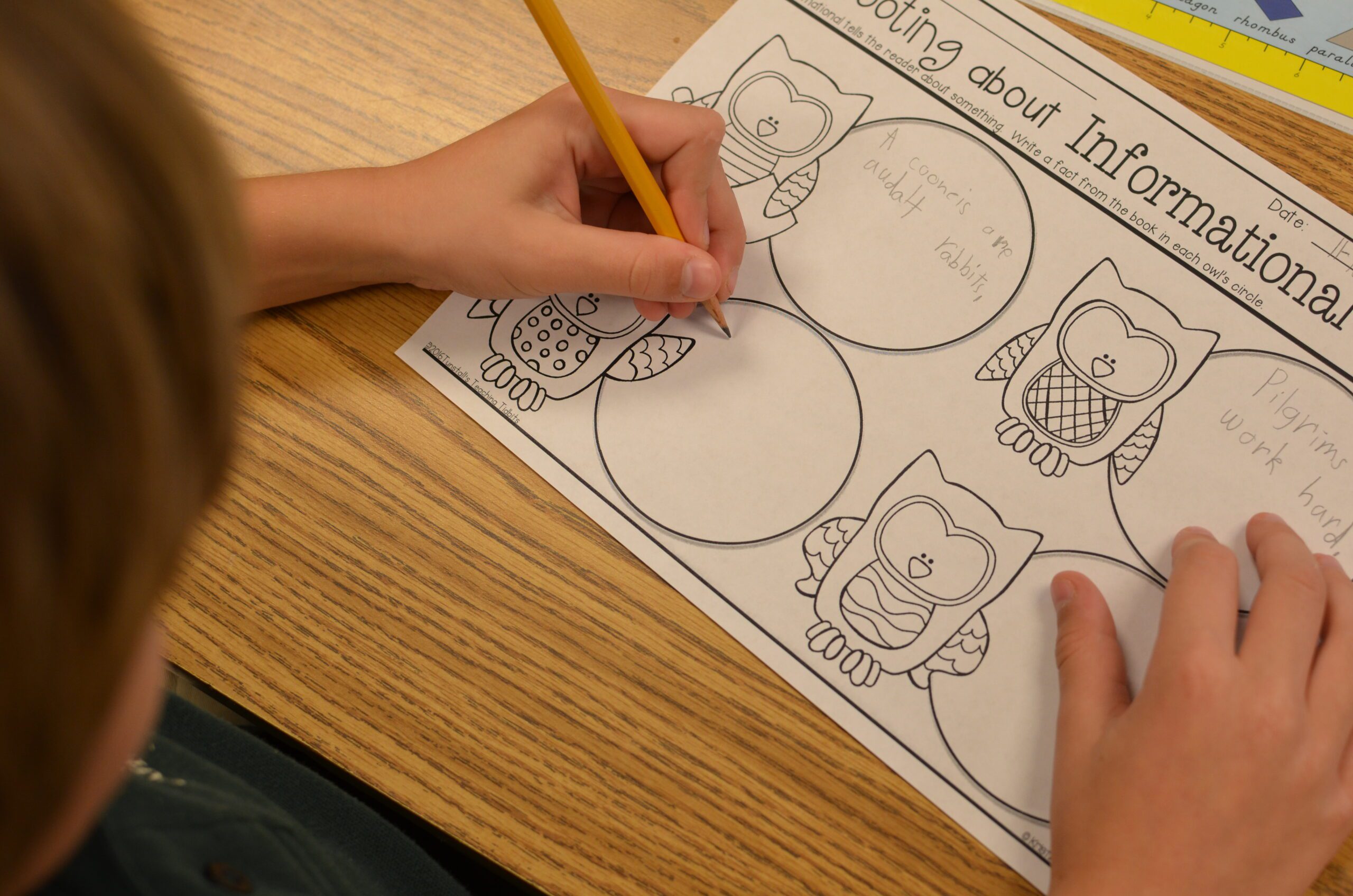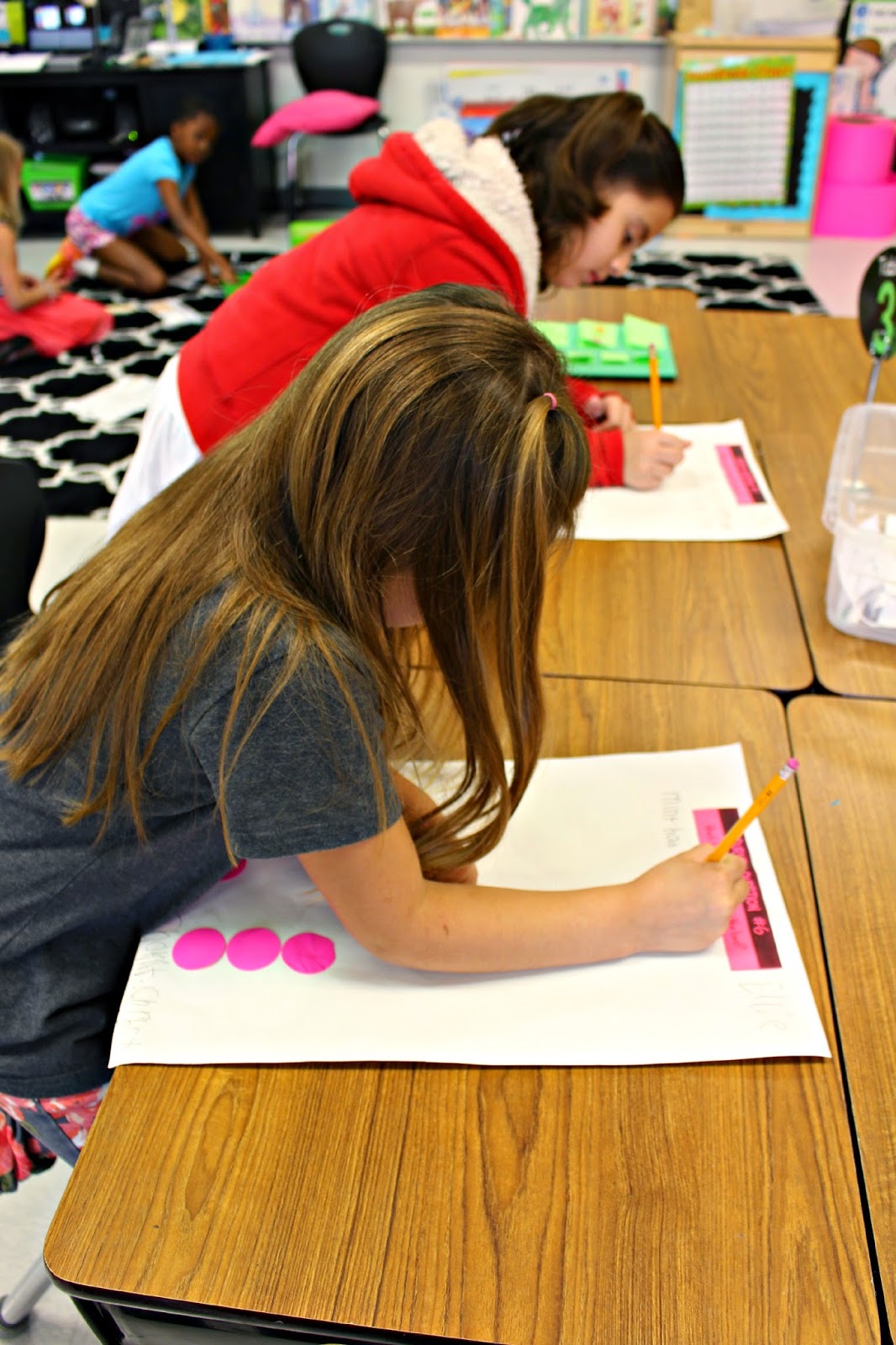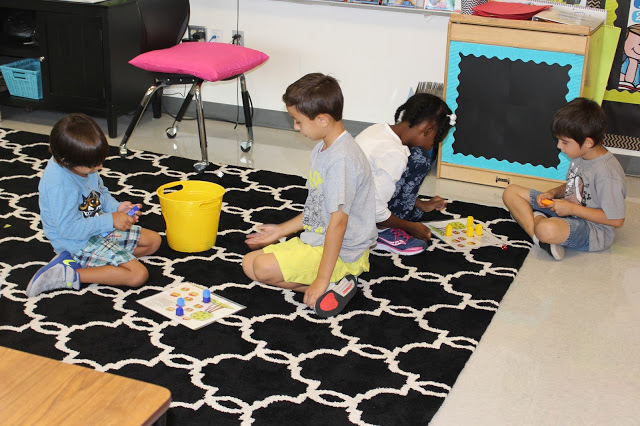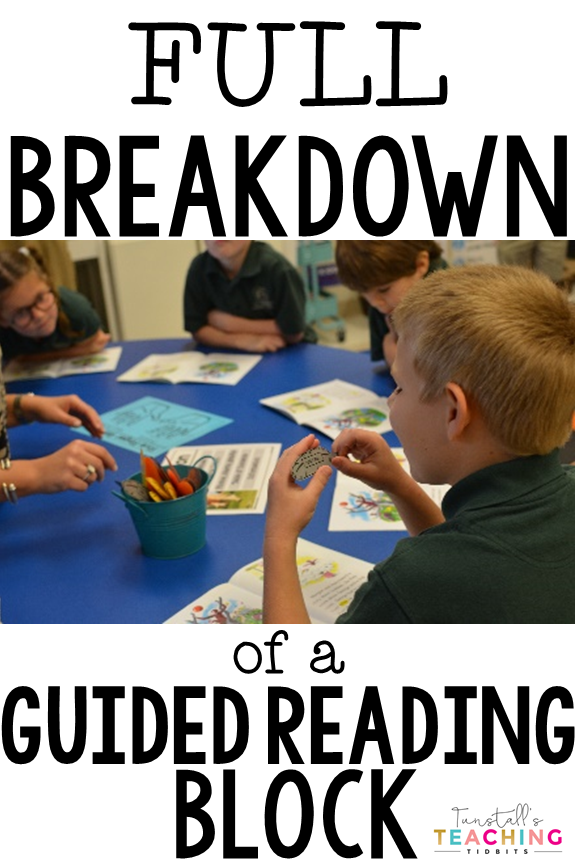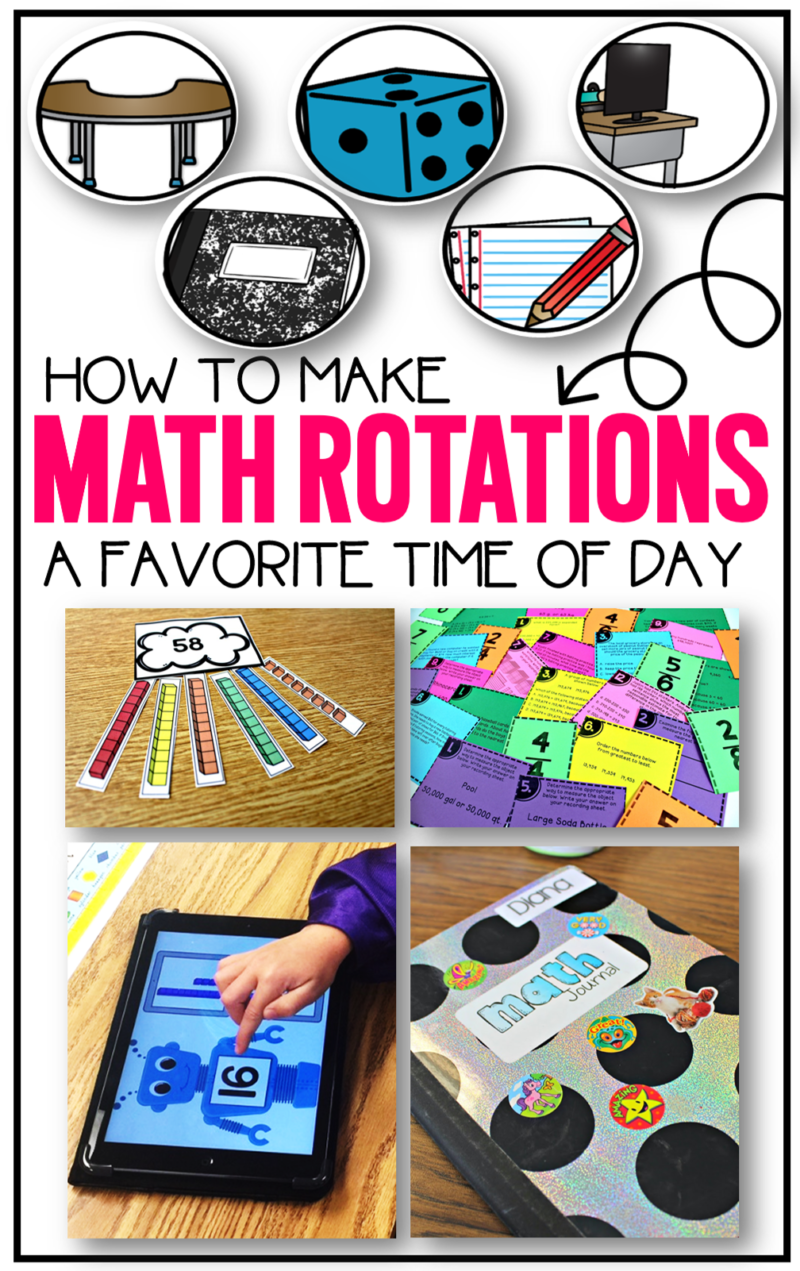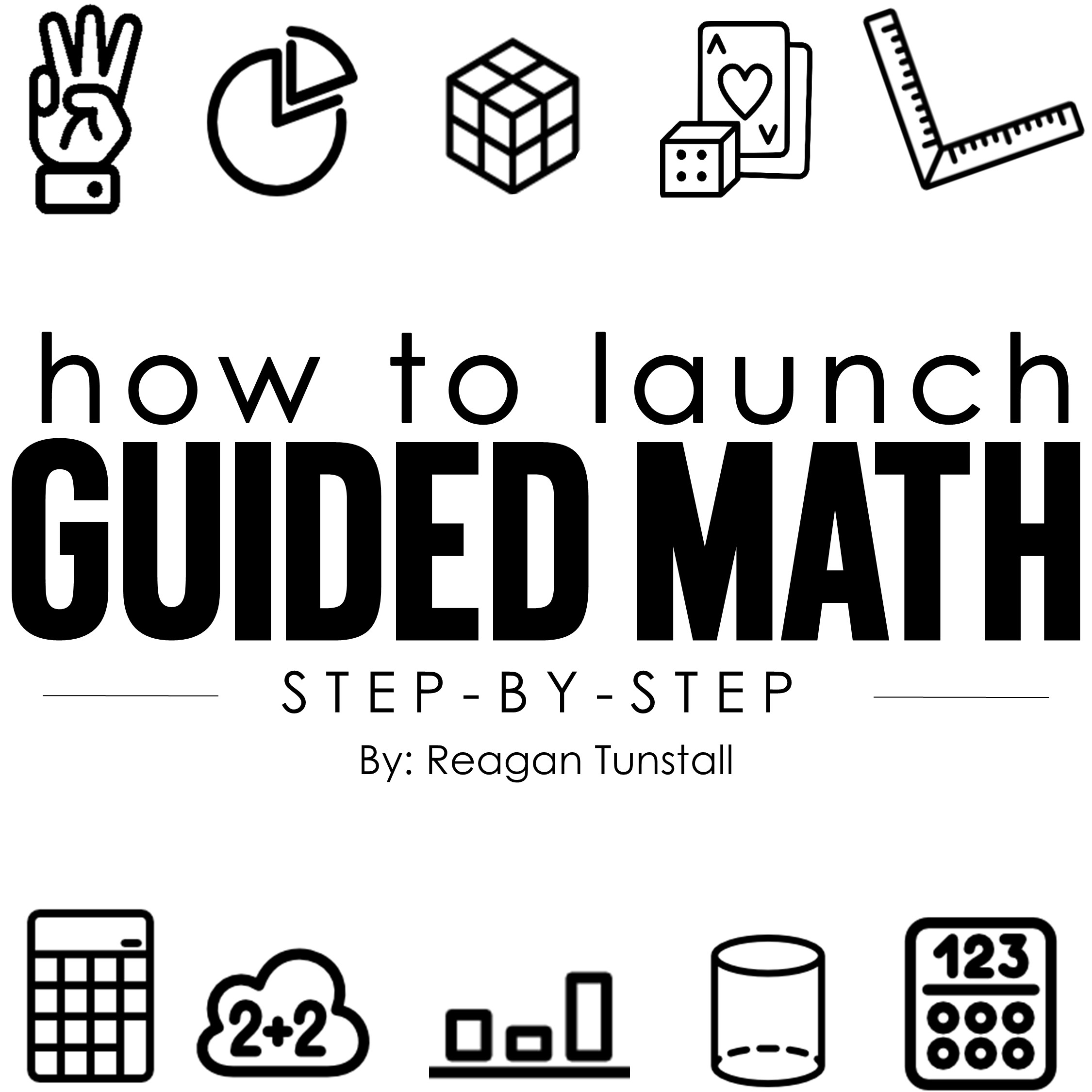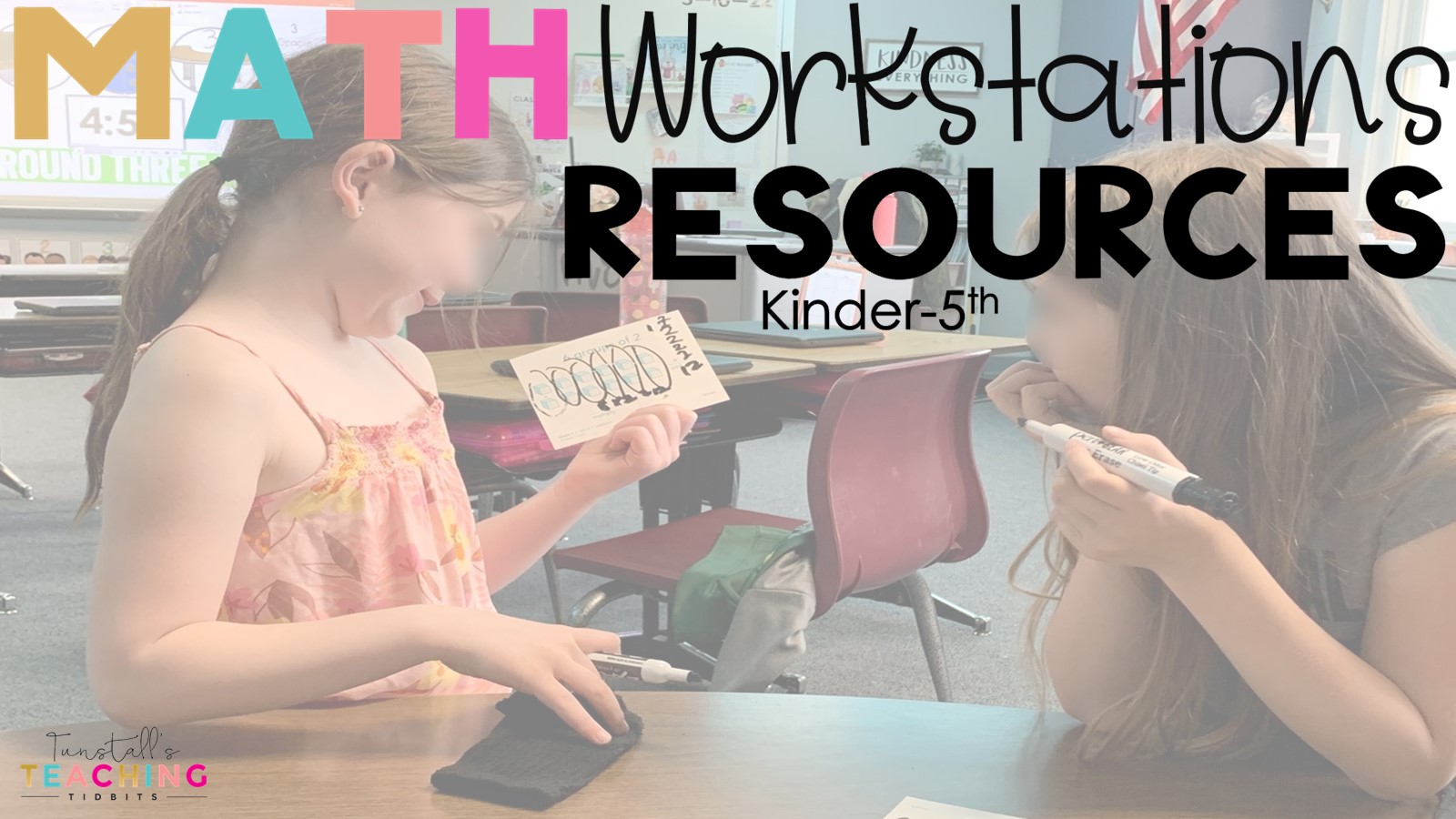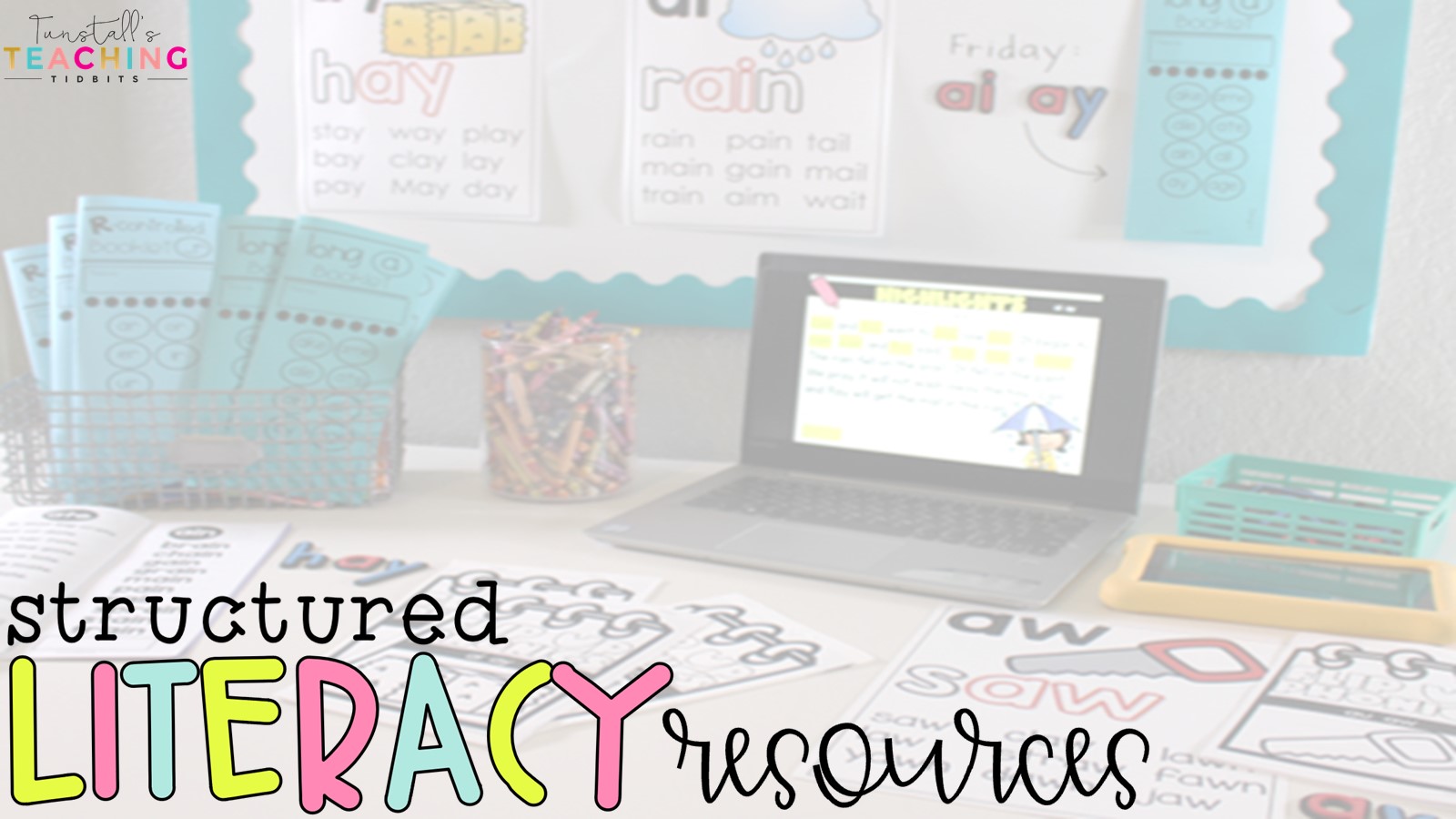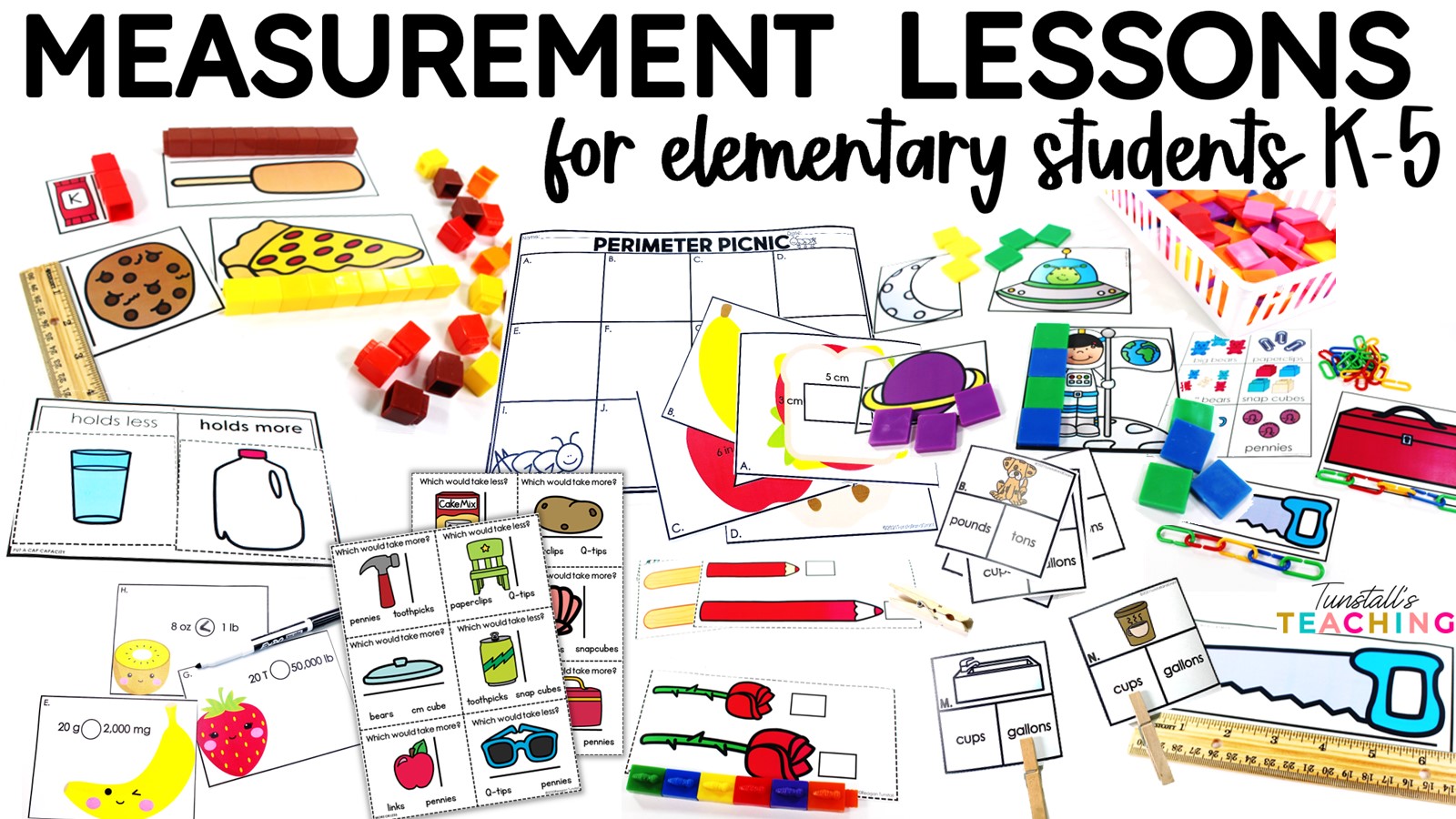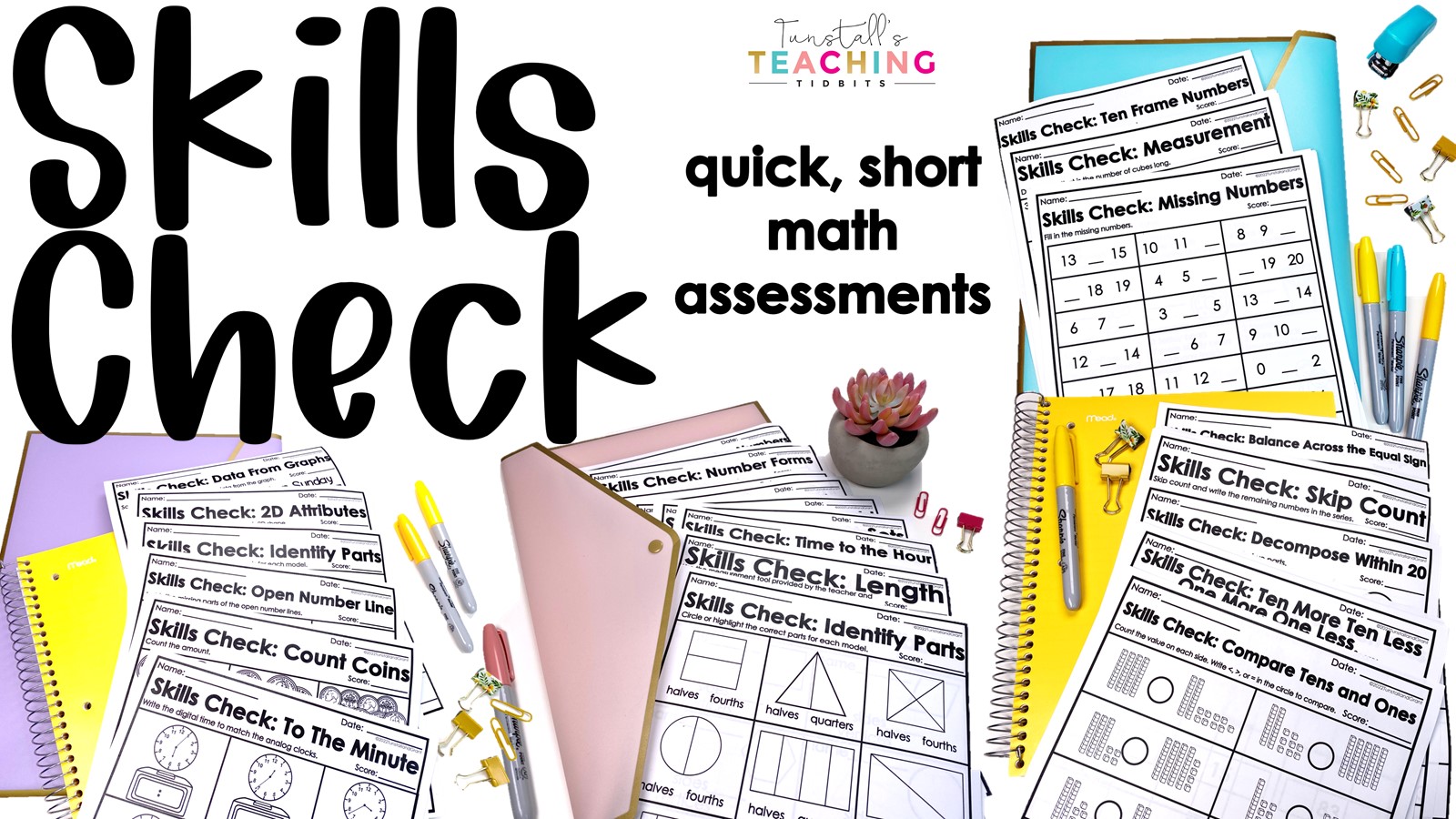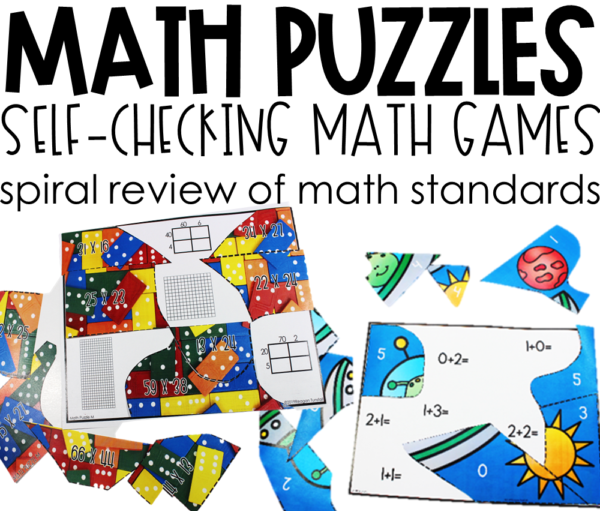Five Ways to Manage Workstations
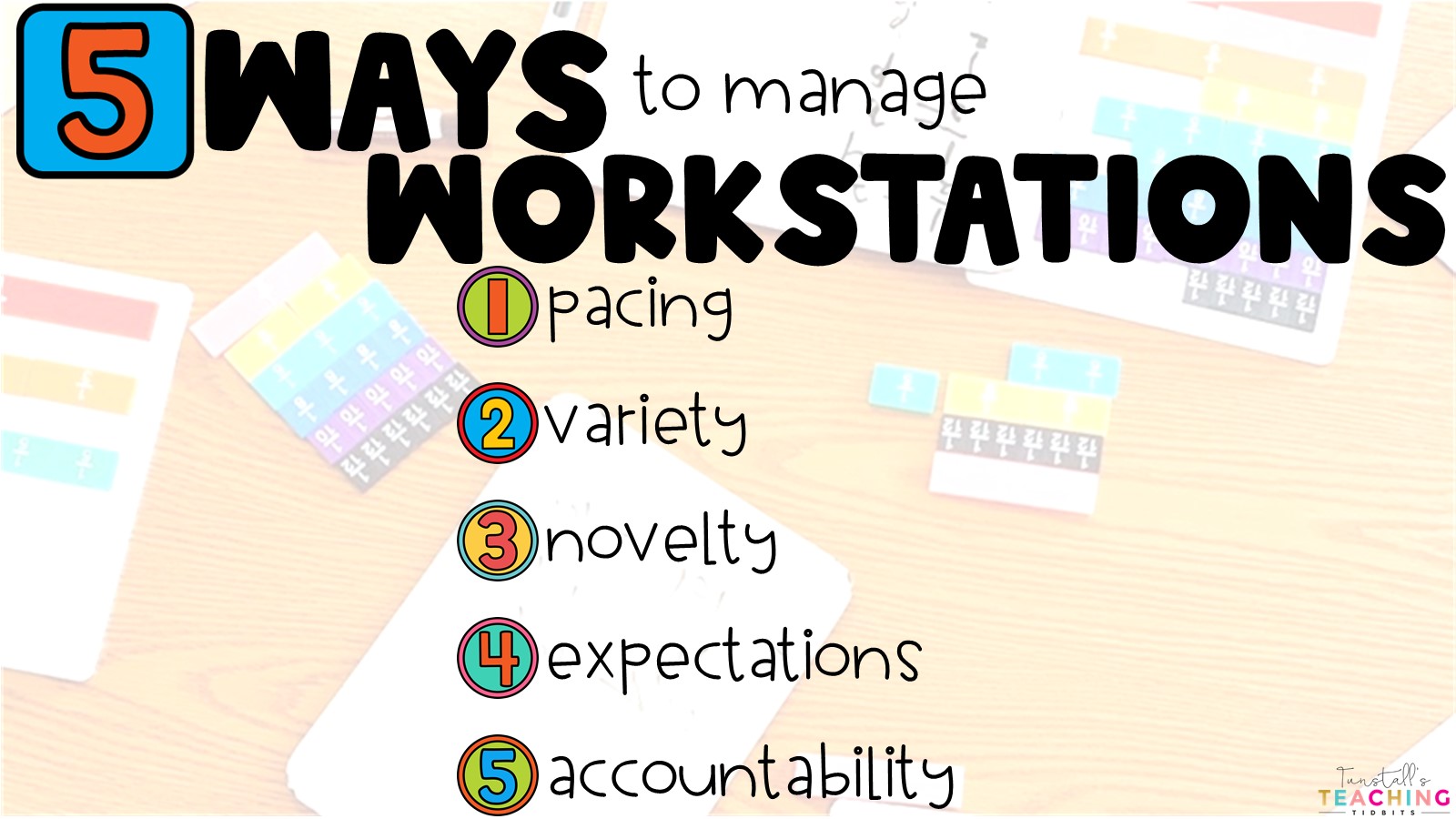
Many teachers have a love-hate relationship with workstations. We love the engagement and skill practice of workstations, but the management of them is where we struggle. In this post, we will cover the top five ways to manage workstations. Through the years these five practices made all the difference taking me from mayhem to managed.
FIVE WAYS TO MANAGE WORKSTATIONS
Tip 1: Pacing
Pacing is the number one tip for management for good reason. Proper pacing takes care of a myriad of behavior issues within a lesson. Within every class, we find ourselves challenged with a vast array of work habits. Students today more than ever are working on different levels both academically and developmentally. For this reason, we as the teacher need to control the pacing for the maximum amount of learning.
One instructional tendency is usually to slow to the pace of those struggling with a concept. Teachers want to provide help to allow struggling students to catch up. This practice actually creates the most mayhem from a management standpoint. 15-minute mini-lessons turn into 30 minutes. The majority of the class has become restless and impatient. The struggling student(s) are anxious, and the issue becomes magnified for them. They know they are holding up the class and this creates a negative self-view. Teachers also feel there is not enough time to cover concepts because of the pace they are keeping with the students who require multiple explanations.
Another tendency is to speed up to avoid having fast finishers. This was my tendency as a fresh bright-eyed overachieving teacher during my first two years. I have always been a fast finisher, so I was hyper-focused on addressing those needs as the teacher in the room. I quickly learned that was not the best procedure. Leaving a black hole where instruction should have been for the majority of my class, I found myself reteaching as much as I was teaching in the first place.
So then, how do we best manage both fast finishers and painfully slow pacers in the same room along with the middle-ground learners? What’s a teacher to do? What I have found to work best no matter the subject or lesson length, is to notice the natural pace of the class as a whole. Not Fast Faydra or Full Speed Fredrick, but the productive hum and working calm of the group as a whole. With primary grades, this tends to be around 10-12 minutes and with upper grades, this can go longer in length. When I begin workstations, this is the pace I keep. It feels quick, but we work up from there. What I notice is that students are kept wanting more with this pace. Short and sweet means they don’t tire of their station activities.
As the small group facilitator, I have to really scale my teaching to fit this pace at first, but we soon settle into a good rhythm. Having a visual timer system for students and teachers alike was a real game-changer for me! I would glance up to see that I had three minutes left and adjust the content to match the time left. Pacing is ever-changing. If students are looking stressed or frustrated with the time, then adjust to match the stamina and length of time needed.
Tip 2: Variety
We all know this, but it is easy to get into a workstation rut. Keeping students excited and interested in work means I need variety, but making sure students know what to actually do while independent means I need to keep things consistent. Well….Okay. How do I keep consistent variety then? During the launch phase of Guided Reading and Guided Math, while I am focusing on procedures and expectations, I also teach side lessons on what to do when I encounter a station and I am not sure what to do.
Teaching students to look for clues like dice, spinners, and cards, empowers them to be independent. If I see a spinner, I know I am likely taking turns with a partner and the spinner will be important information to the activity. Dice means I have to roll to move or compute something. Cards mean making matches, drawing for something, and likely have the important information I need for the activity. These clues let students in on discovering that they can determine what to do on their own.
When creating workstations, I use an extensive library of themes, images, and formats to keep students interested. Students will play the same game repeatedly through the year but each time the numbers have changed, the math strand topic and the clipart are all new. This creates independence and variety! I also take a picture of the game in action for an instruction card. This is a non-verbal clue for students. Knowing how to set up is a big help!
Tip 3: Novelty
Novelty is variety’s best friend. Novelty is different though because it does not have as much to do with the skills being presented. When I think about novelty I think of the seasonal changes or topic interest I can bring in to pull attention to a mundane daily task. Having a student who struggled with transitions taught me the power of novelty firsthand. My student who regularly began his day with an episode just entering our classroom completely changed his pattern and habit one day after I placed a superhero cup on his desk one morning. He shot into the room without a second thought and lit up with glee over the plastic dollar store cup. Inside the cup was his morning work rolled and tucked inside. He grabbed it and began his day without any outburst or opposition. This is a game-changer.
Below I used chip clips from the dollar store and math problems printed on chip bags for a workstation.
From that point on, I made a point to find every superhero cup put out by the dollar store or similar companies. Then it transferred to our science and seasonal topics. Any trinkets, books, props, and decor that could enhance a learning area in our room brought new interest to the regular routine. This was also something that transferred to math and reading manipulatives. Seasonal erasers, colors, and table scatter or the likes used as manipulatives brought my students running to the small group table to learn.
During a hot week before the summer break in first grade, we had fun with imaginary popsicles to review addition and subtraction to 20.
Tip 4: Expectations
I mentioned the launch phase in tip 2, but it’s the cornerstone for kicking off workstations correctly so it goes without saying that expectations are set during this part of the year. What happens after the launch phase is that students and teachers become comfortable and relax into the workstation routine. Then little by little, or sometimes not so slowly, the structure begins to deteriorate. Students lose the sense of importance with their work and behavior quality. This is a completely normal phenomenon in any classroom for any type of structure. Keeping the expectations at the front of students’ minds is the challenge. To do this, I have a few tips to share!
First, I am always on the lookout for both students and materials showing the expected behavior. Throughout workstations whether reading or math, I will at random take a walk through the room. Although I am always with a small group, there are moments when all students are working and I can take 30 seconds to walk the room. I take my phone and look for students or materials showing excellent use or work. These little expectation snaps I take become future praise reports. I put these snapshots up as students file into the room or as our reflection to close out the stations. We talk about all of the wonderful behaviors being exemplified. Likewise, a quick 30-second video of a workstation is a powerful tool. Students can see and hear the correct math talk and behavior being shown.
Another way to keep expectations high in quality work is to do the same for student work. Covering student names, I display work that meets or exceeds expectations during workstations. Whether this is gameplay, independent practice, or recording sheets, I want all aspects shown. Student logged out and carefully put away headphones correctly?
Make a big deal! All of these little praise reports throughout the year show that you are always aware and expecting the best from students.
Tip 5: Accountability
The final tip to manage workstations is accountability. This is also the Mount Everest of grading! Every student working through multiple tasks daily during workstations for reading and math means there’s a lot to be accountable for. How do we keep students from relaxing or falling into a minimum required attitude? This is the cousin to the expectations tip. Like expectations, we want to keep showing students what is important and expected through the year. So for work, we must keep up. But I do not grade every piece of paper that students touch or I wouldn’t be able to show up for class. I’d be grading day and night.
I choose a day of the week (Thursday) and I designate this the station work check day. At the end of the day, students place their reading and math folders out containing Monday through Thursday’s work. They also set out their reading and math journals too. I choose the activities which I am using to take grades in advance, so I specifically look for these in each student work pile. The rest of the work is checked for completion or scanned for removal from the take-home pile. Things that don’t make much sense or show a record of what took place such as scratch paper or a half-finished recording sheet go straight to trash. The majority of the work is scanned for accuracy and completion, but I do not take hours on these tasks. I carefully grade the stations and journal entries I planned to use for grades.
When students arrive on Fridays, they will see how they fared for the week. Students then have Friday’s workstation time to do corrections, makeup station work, or get reteaching help. This system greatly helped me stay on top of the work. Students also know they will be held accountable for their tasks so they must have them done. It will take away from their Friday activities if they have to fix fake work or redo assignments.
More on Running Workstations
It’s no secret that I love Guided Math. Although I teach both Guided Reading and Guided Math, my heart belongs to the Guided Math structure. If you would love to see more on how I run both Guided Reading and Guided Math, a great place to start is with the posts below linked just for you.

 Contact Us
Contact Us